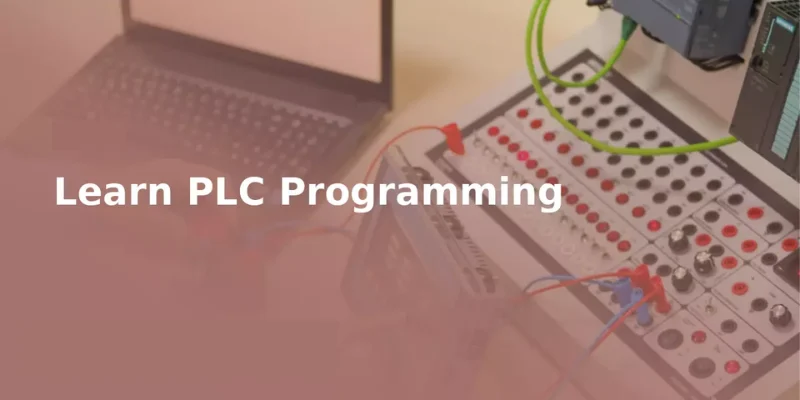
In today’s highly automated industrial landscape, Programmable Logic Controllers (PLCs) are the core of modern control systems. Whether it’s in manufacturing, power plants, or building automation, PLCs play a critical role in managing operations efficiently. Learning PLC programming has become essential for engineering students, electricians, and technicians aiming to work in the automation field. Enrolling in a PLC Training in Chennai can provide hands-on experience and expert guidance to build a strong foundation in this high-demand skill.
Understand the Basics of PLC
The first step to learning PLC programming is understanding what a PLC is and how it works. A PLC is an industrial computer designed to automate electromechanical processes. It takes input from various sensors, processes it based on logic written in a program, and then triggers output actions like switching on motors, lights, or alarms. Knowing the components of a PLC, such as the CPU, input/output modules, and power supply, is essential.
Before joining Embedded System Courses in Chennai, it’s beneficial to enhance your PLC programming skills.
Learn PLC Programming Languages
To control processes using PLCs, you need to learn programming languages based on the IEC 61131-3 standard. The most beginner-friendly and widely used language is Ladder Logic, which resembles electrical circuit diagrams and relay logic. It’s visual and easy to understand, making it suitable for those from an electrical or instrumentation background. Other languages include Structured Text, Function Block Diagram, and Sequential Function Chart.
Read More: Structure Of An Embedded System
Choose the Right PLC Software
Each PLC manufacturer provides its software for programming their devices. Some popular options include Siemens TIA Portal, Allen-Bradley’s Studio 5000, Mitsubishi GX Works, and Schneider Electric’s EcoStruxure. Taking up a Linux Training in Chennai alongside PLC practice can help learners better understand system integration and control logic. Choosing the right software depends on the brand of PLC you want to work with.
Join a PLC Training Course
Self-learning is excellent, but structured guidance from industry professionals can fast-track your learning. Joining a hands-on course provides a learning environment where you can work with real PLC hardware and industry-level projects. Training from certified professionals will not only help you master programming but also prepare you for real-world automation challenges.
Practice with Simulations and Mini Projects
Practical experience is key to becoming a professional in PLC programming. Once you understand the basics, start creating mini projects using simulation software. Begin with simple tasks like turning lights on/off, then move on to more complex traffic light systems, automatic doors, and water level monitoring. These projects help you apply logic, use timers, counters, and test error-handling methods.
Explore Industrial Applications
To master PLCs, you must understand how they are used in the real world. Industries use PLCs in conveyor belts, bottling lines, elevators, and HVAC systems. Enrolling in the Best Training Institute in Chennai can also provide hands-on exposure through live projects and expert guidance. If possible, get internship experience or visit industrial automation sites.
Learning PLC programming is a valuable step toward a rewarding career in industrial automation. By building a solid understanding of PLC fundamentals, practising with simulation tools, and enrolling in hands-on training programs, you can gain both theoretical knowledge and real-world skills. Whether you’re a student or a working professional, consistent practice and real-time project experience will help you become a confident and capable PLC programmer ready to take on automation challenges.
Also Check: The Latest Trend in Embedded Systems?